- Home
- News
- General News
- First users on brand...
First users on brand new beamline ID15
10-11-2016
The new ID15 beamline, with a branch for high pressure experiments and another one for materials chemistry and materials engineering, is officially inaugurated. Last weekend, the first two teams of users exploited its possibilites, studying 3D printed catalysts and looking into materials in the Earth mantle.
The table in the beamline control hutch still has leftovers of the ribbon with the shiny silver printed letters: “Inauguration of beamline ID15”. It is a celebration day, but the scientists and the users are carrying on working as if it is just another day in the office (or beamline, in this case). In fact, for the last week, the ID15A team and the users, from the University of Manchester, University College London and the Research Centre at Harwell (United Kingdom), have worked in the commissioning of the beamline for certain experiments. Simon Jacques, from the University of Manchester and leader of the team, explains that “we have shown that sub minute X-ray diffraction computed tomography (XRD-CT) is now possible. Previously, it typically took 30 minutes or more to obtain good quality XRD-CT images. Our newly developed collection-algorithms, combined with the state-of-the-art equipment that ID15A offers, has now opened up the possibility of real time chemical imaging. This will have a big impact across a number of fields.”
3D printed catalysts
With the commissioning successfully finished, now the scientists are testing samples in the new beamline. Their work focuses on the study of industrial catalysts. Catalysis plays a pivotal societal role, contributing to 35% of world GDP. Efficient catalysis is crucial to addressing present and future societal needs so scientists need to understand how catalysts behave in their industrial form in order to find ways to improve their formulation and manufacture. One part of their work is on 3D printed catalysts, which offer a way of producing materials with a control of the distribution of active components at the microscale. These are early days for 3D printing of catalysts, but their design can potentially open doors to a new breed of industrial catalysts. Collaborators from the institute that develops the innovative catalysts, called Flemish Institute of Technological Research (VITO), are also participating in the experiment.
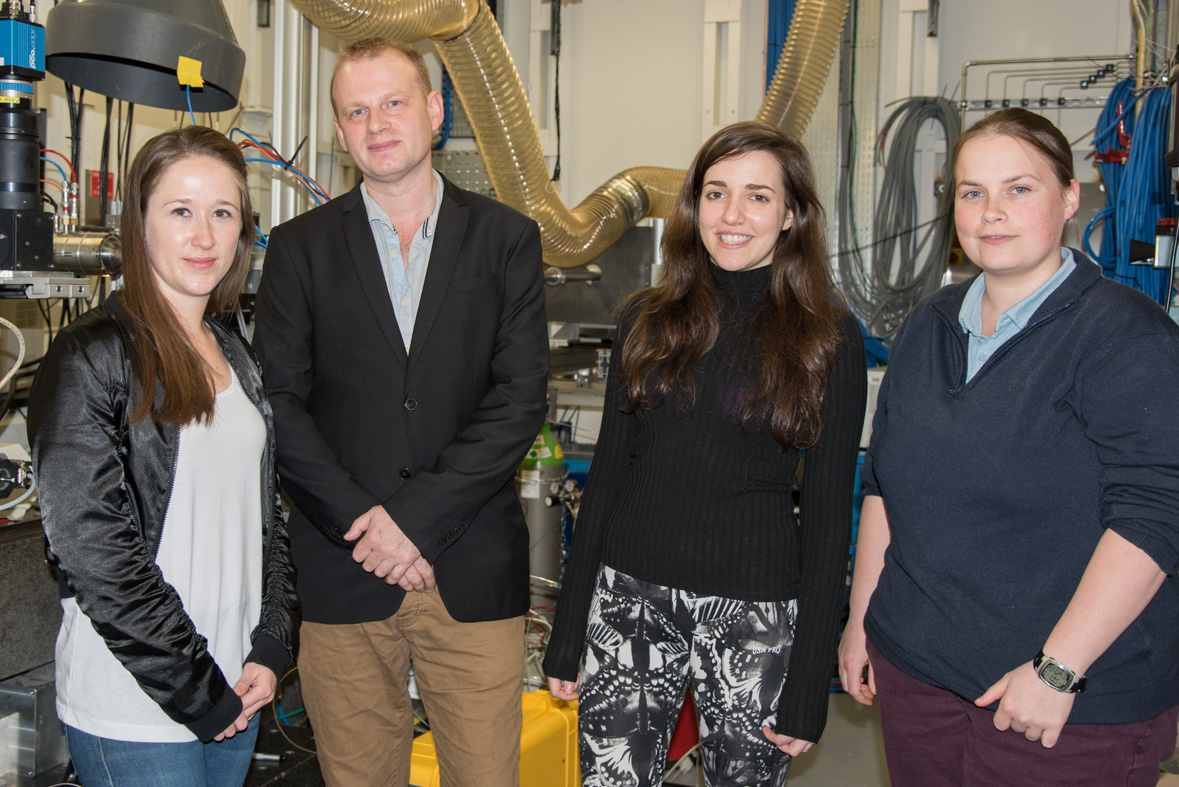 |
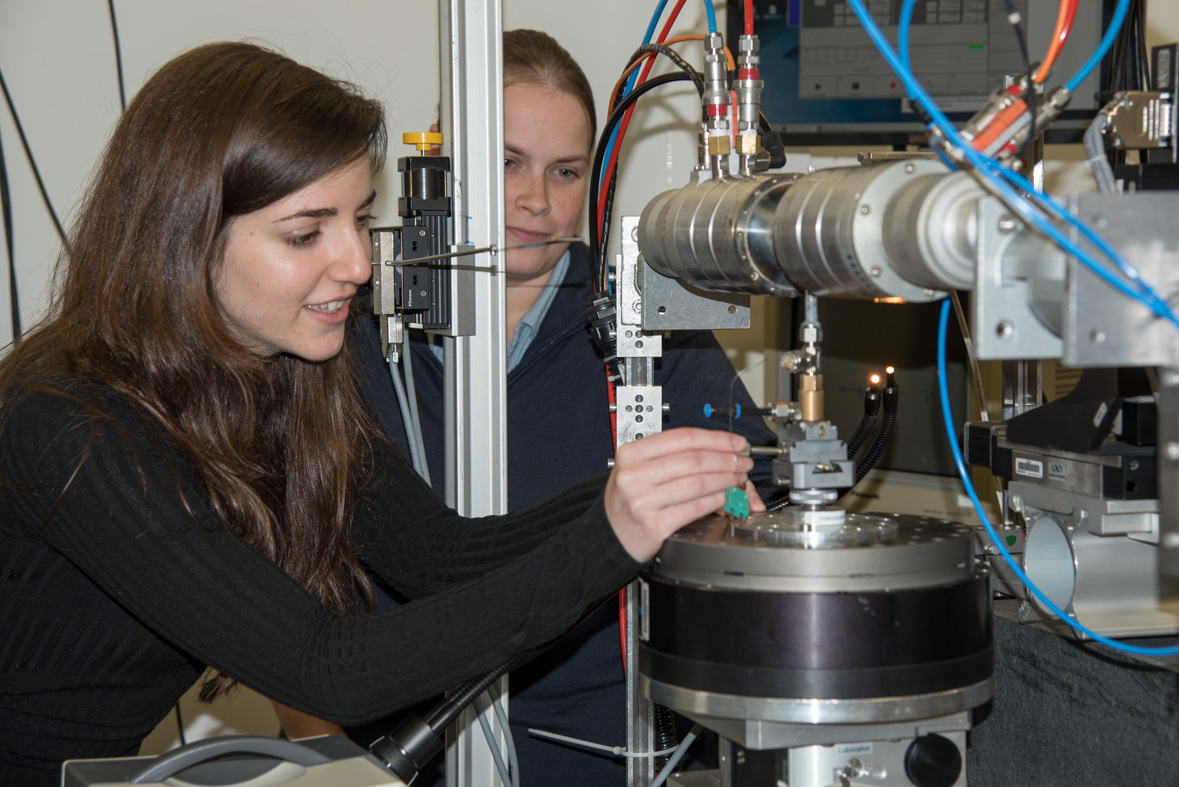 |
|
The first users on ID15A: Dorota Matras, Simon Jacques, Daniela Farmer, Jenny Herbert. Credits: C. Argoud |
Daniela Farmer, Jenny Herbert. Credits: C. Argoud |
The team is also looking into catalytic membrane reactors, which offer novel routes for chemical production. Their interest is to use such reaction to convert methane into feedstock products, part of an EU-funded project entitled MEMERE. Jacques is confident that they will get a lot out of this first beamtime and doesn’t hide his enthusiasm: “this technique is really amazing, as we can look at objects and see their chemistry unfolding under real working conditions and in their real form, i.e., scanning it all in one go, so we see whether the behaviour is the same in different parts of the catalyst”.
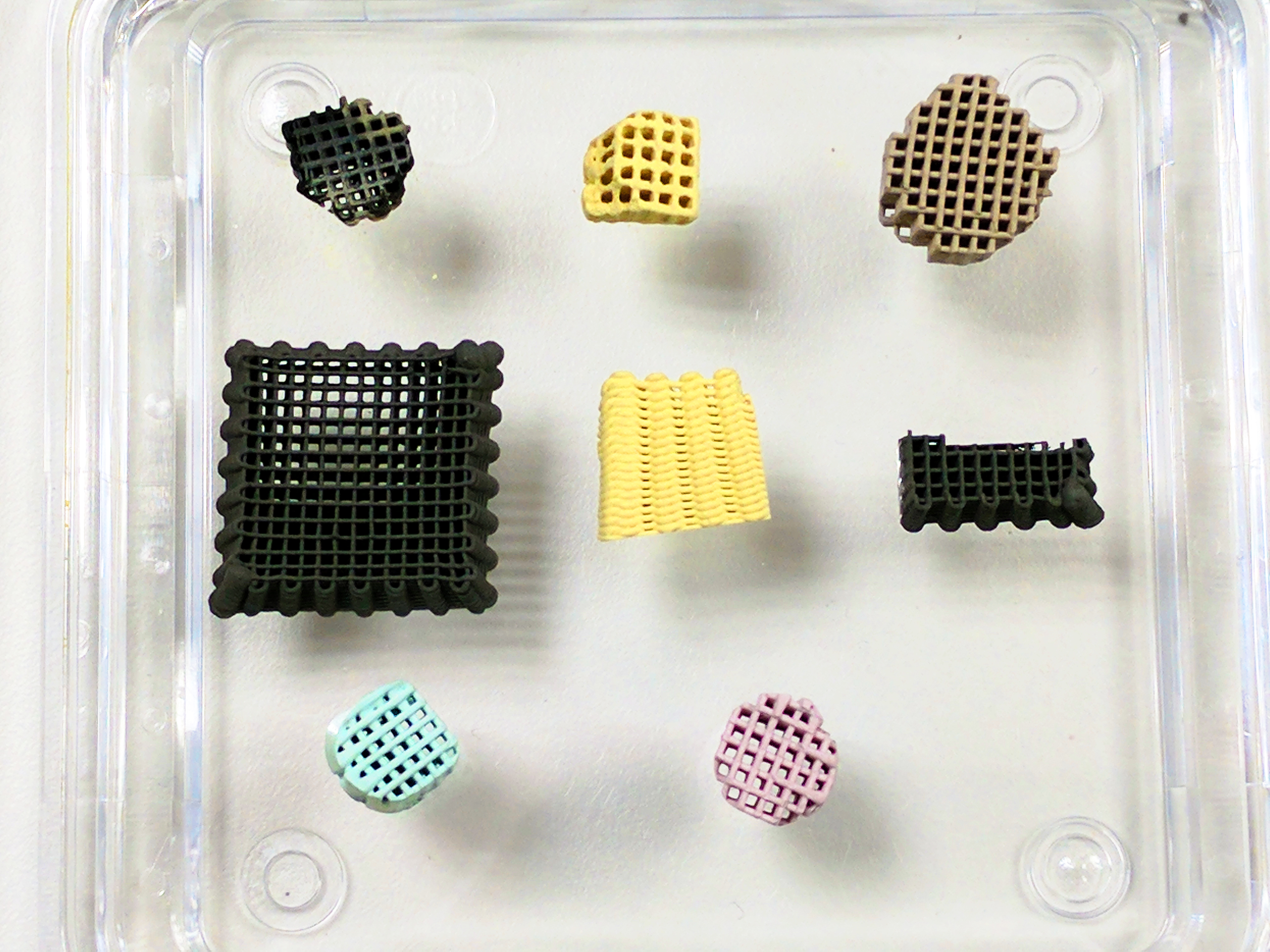 |
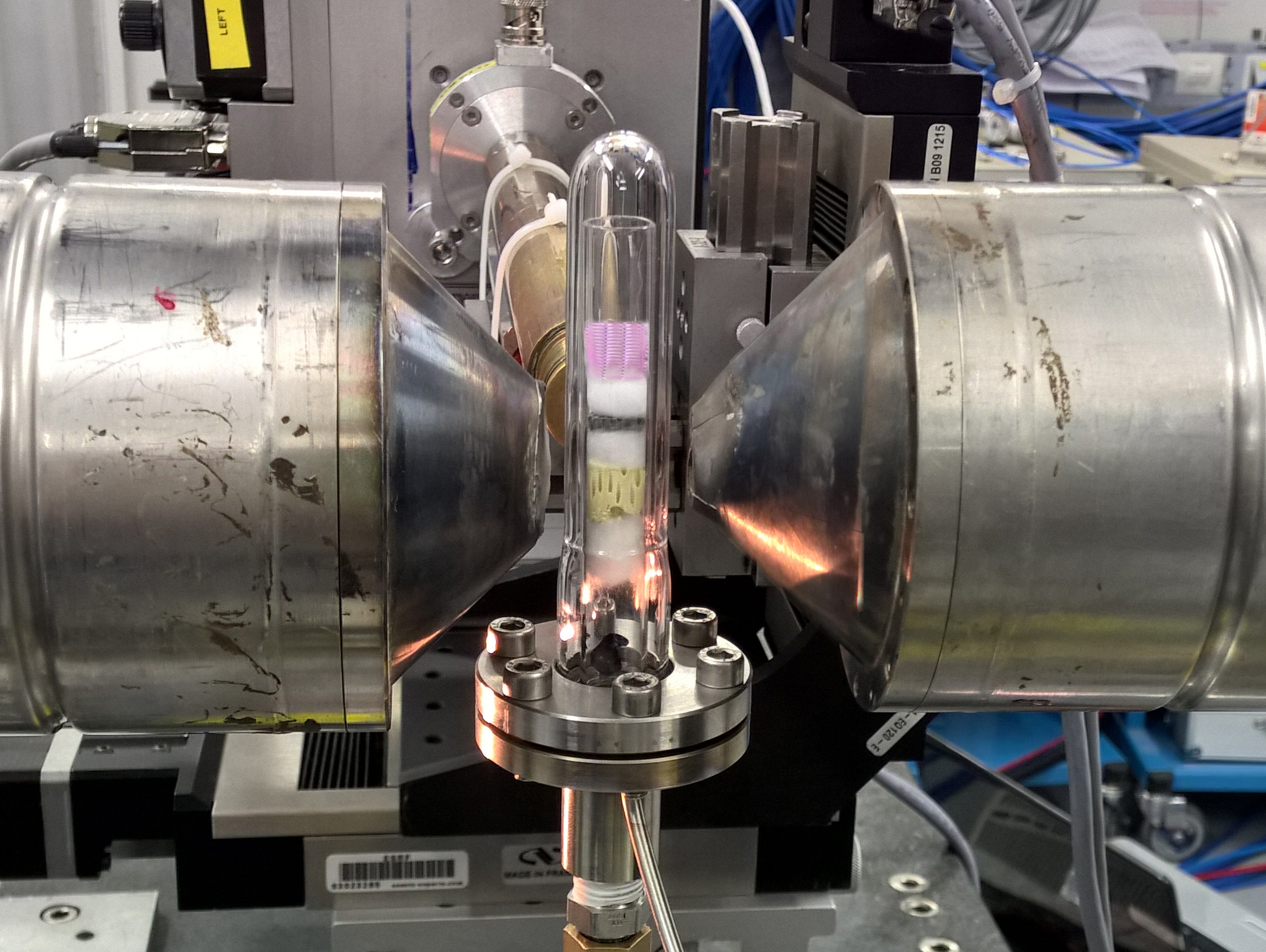 |
|
Selection of 3D catalyst samples developed by Vesna Middelkoop and Lidia Protasova (VITO). |
The set-up with VITO’s catalyst reactor cell. |
High pressure to unveil the Earth’s mantle components
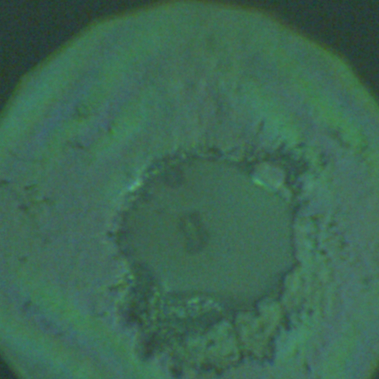 |
|
Single crystal at high pressure, in the experimental chamber of a diamond anvil cell. |
ID15 has a second branch, where four Italian researchers from the University of Milan are studying minerals of the mantle of the Earth. They are led by Marco Merlini, who was a researcher at the ESRF several years ago, in the former ID09A, the predecesor of ID15B. “We have gained a lot with this beamline, in terms of stability and focus of the beam”, he explains. “It is a priviledge to be the first users”, he adds. “And it will be even better when the Extremely Brilliant Source will be in place. It will allow us to understand the structure of minerals at the deepest Earth’s conditions with an unprecedented accuracy”. Michael Hanfland, scientist in charge of the beamline, adds that “the new high pressure crystallography beamline ID15B works exceptionally well. It is a significantly improved successor of the ID09A beamline, which, after more than 20 years of extremely successful operation, was stopped last year. It will provide us with many new and exciting results not only in Earth science, but also in fundamental physics, material science and related areas”.
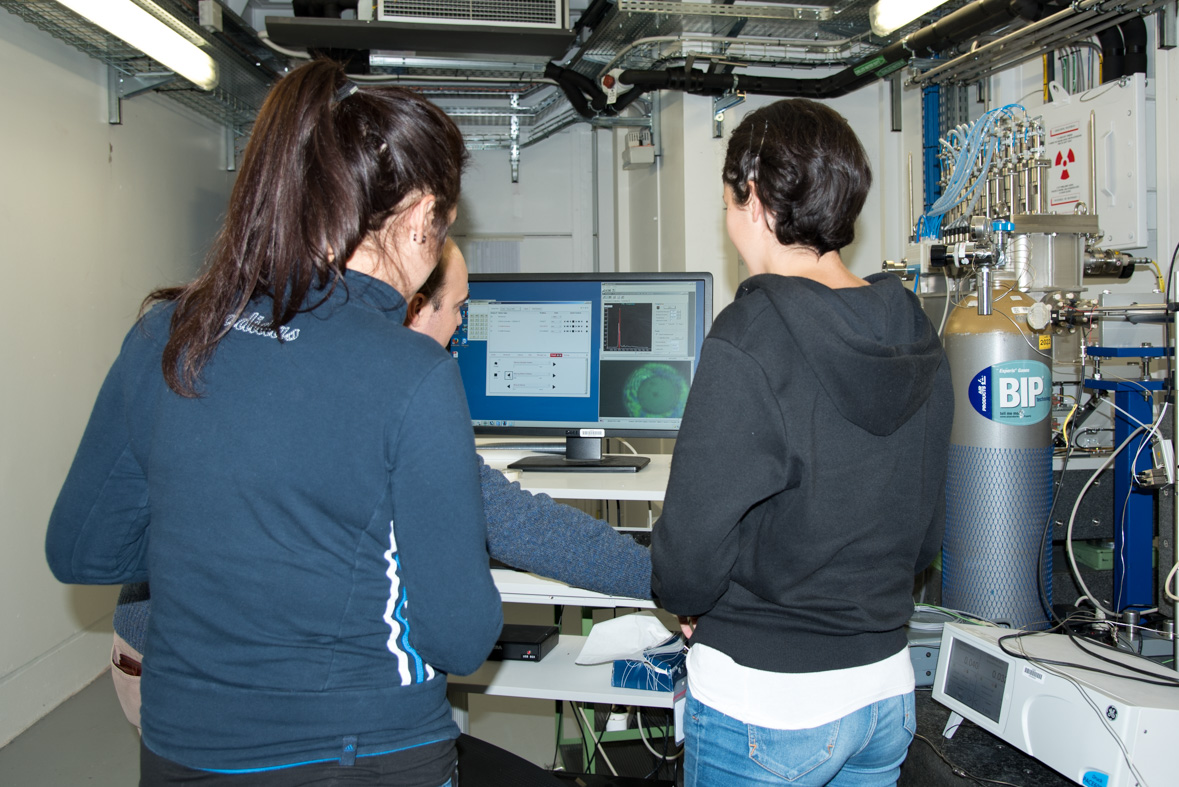 |
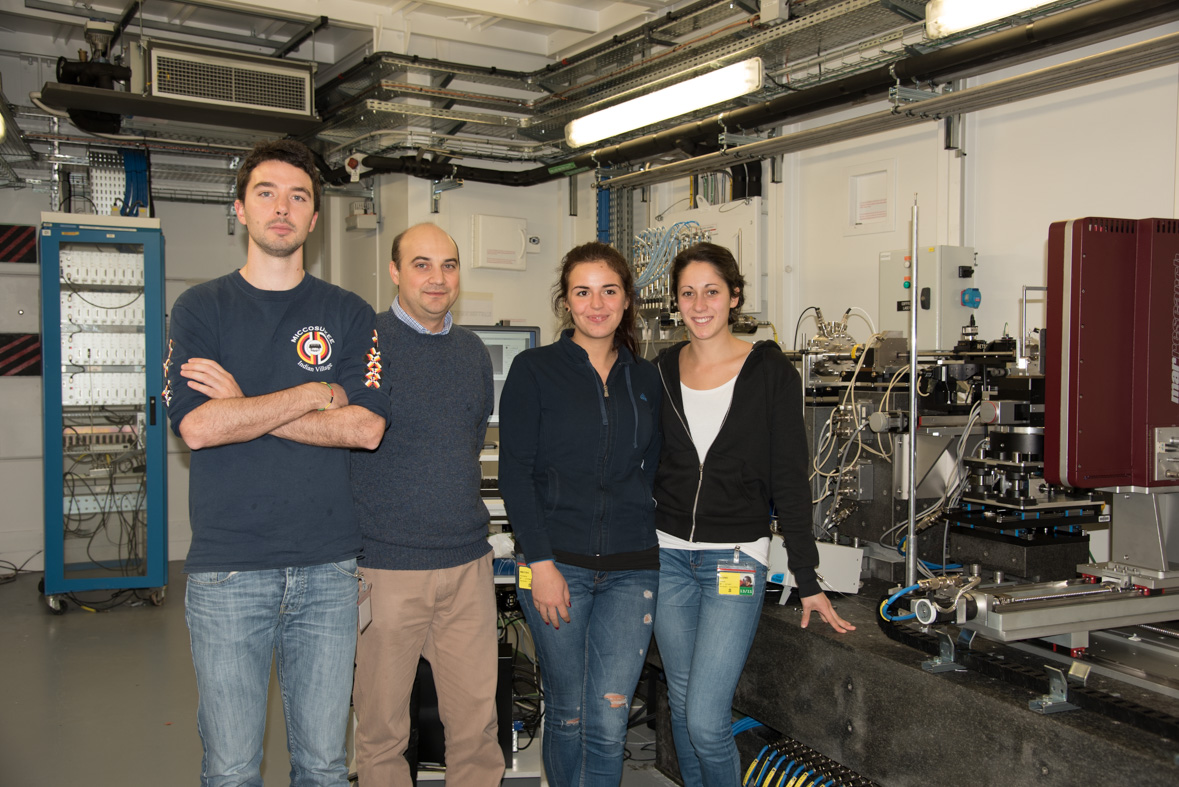 |
|
On the ID15B beamline. Credits: C. Argoud |
The Italian team from the University of Milan. From left to right: Davide Comboni, Marco Merlini, Giorgia Macchi and Irene Corno. Credits: C. Argoud |
In the experiment, the team is trying to study minerals which transfer and release volatiles such as H2O and CO2 in the inner Earth. Following the discovery of new structures existing in the Earth’s mantle, such as dense magnesium and aluminium hydrous phases and complex carbonates, this experiment focuses on a few of these structures, namely a single crystal of hydrous and carbonated phases, which is stabilized at high pressures and high temperatures to understand its structure and transformations. Merlini explains that “ultimately we want to decipher the mechanism of H2O and CO2 in the deep Earth cycles”.
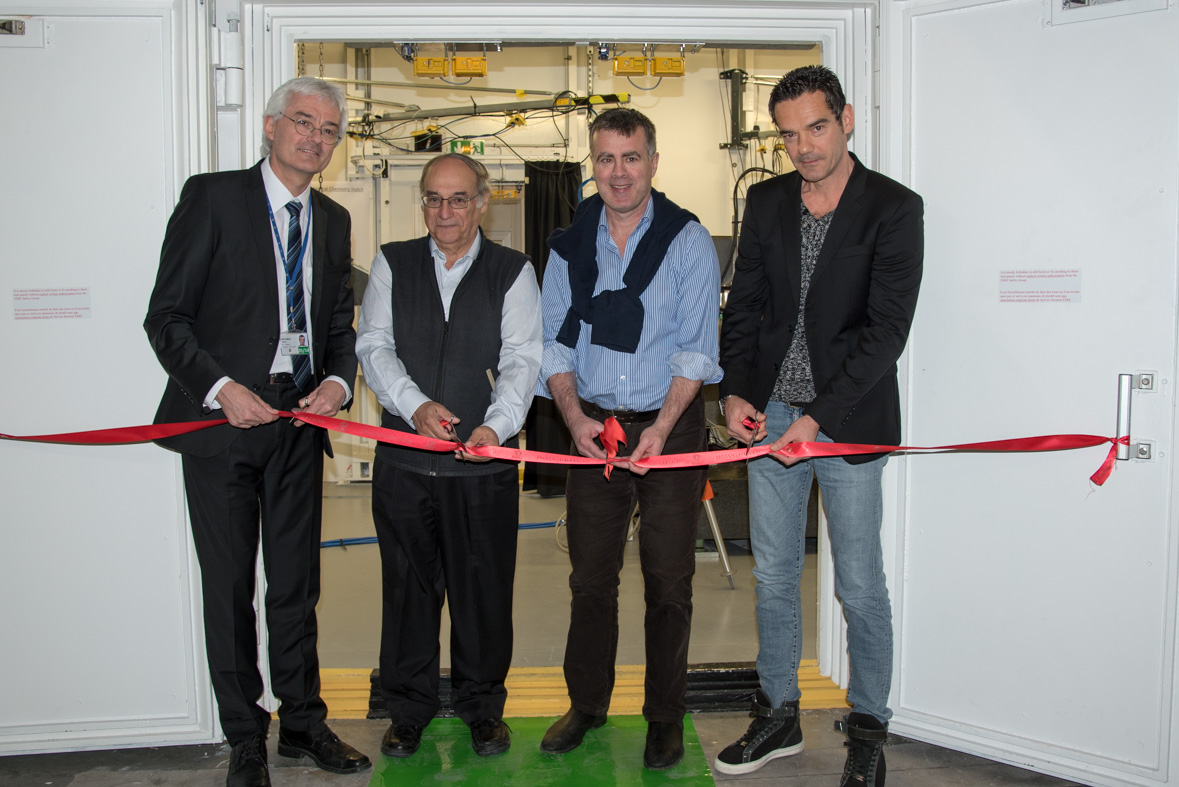 |
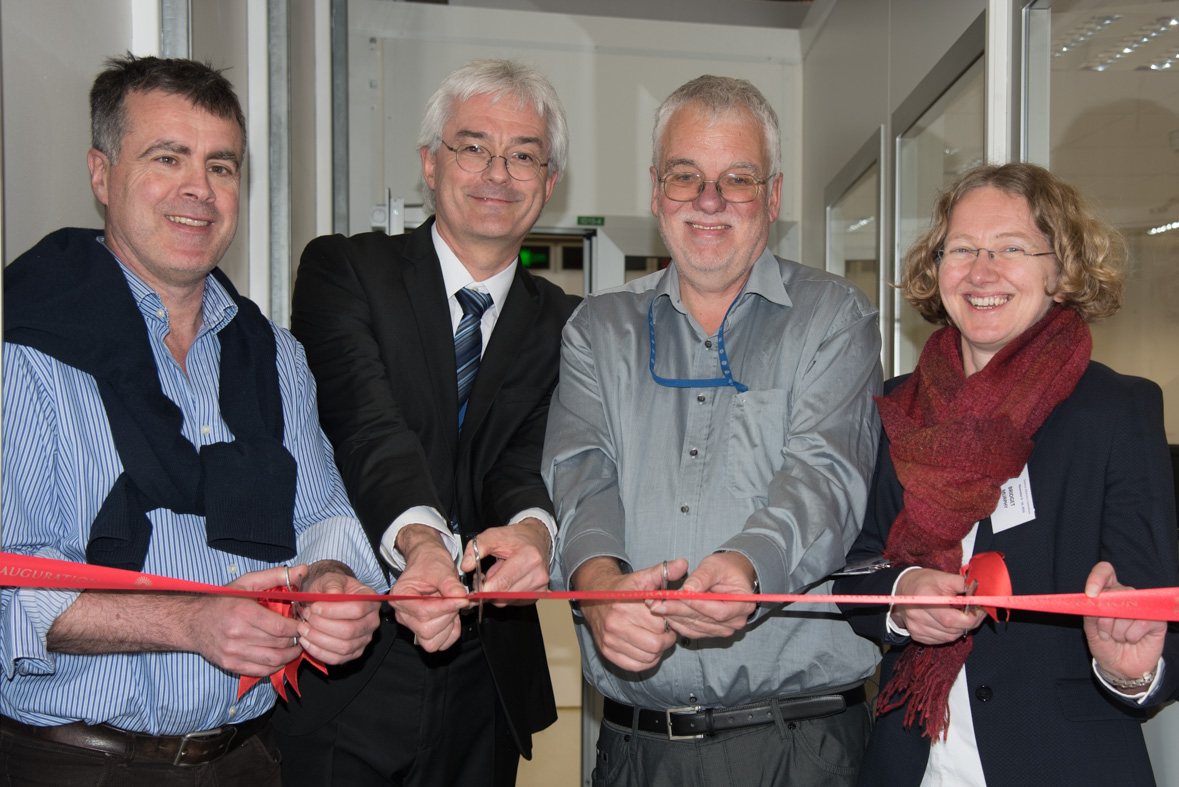 |
|
The inauguration of ID15A took place in the framework of the 73rd Scientific Advisory Committee (SAC). From left to right: Harald Reichert (ESRF), Moshe Deutsch (SAC member), Des McMorrow (SAC chair), Marco di Michiel (ESRF). |
The inauguration of ID15B took place in the framework of the 73rd Scientific Advisory Committee (SAC). From left to right: Des McMorrow (SAC chair), Harald Reichert (ESRF), Michael Hanfland, Bridget Murphy (SAC member). |
The technique of X-ray diffraction computed tomographyX-ray diffraction computed tomography (XRD-CT) was demonstrated in 1987 but it has only been more widely used since its development in synchrotron sources in the last decade. It is a method that uses similar principles to those used in hospital CT scanning but instead of yielding grey scale images based on the intensity of transmitted X-rays though an object, XRD-CT yields higher dimensional images based on the scattered X-ray signal from the object. This scatted X-ray signal contains information on the chemical and physical state of the materials composing the objects. It is extremely powerful as it allows scientists to map the chemistry inside objects. Jacques, S. D. M. et al. Angew. Chem. Int. Ed. 50, 10148–10152 (2011). |
Top image: 3D catalysts developed by Vesna Middelkoop and Lidia Protasova (VITO).



